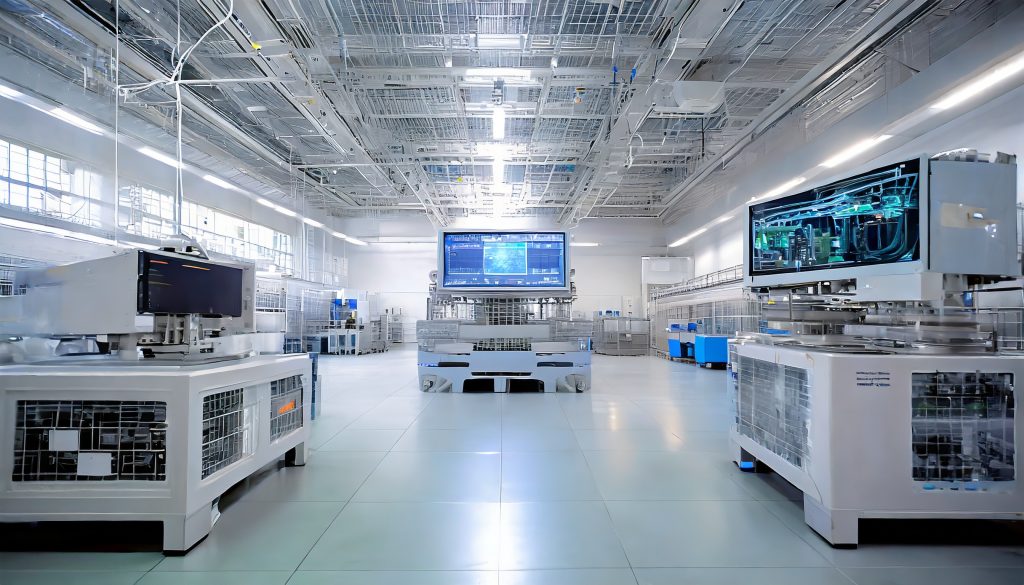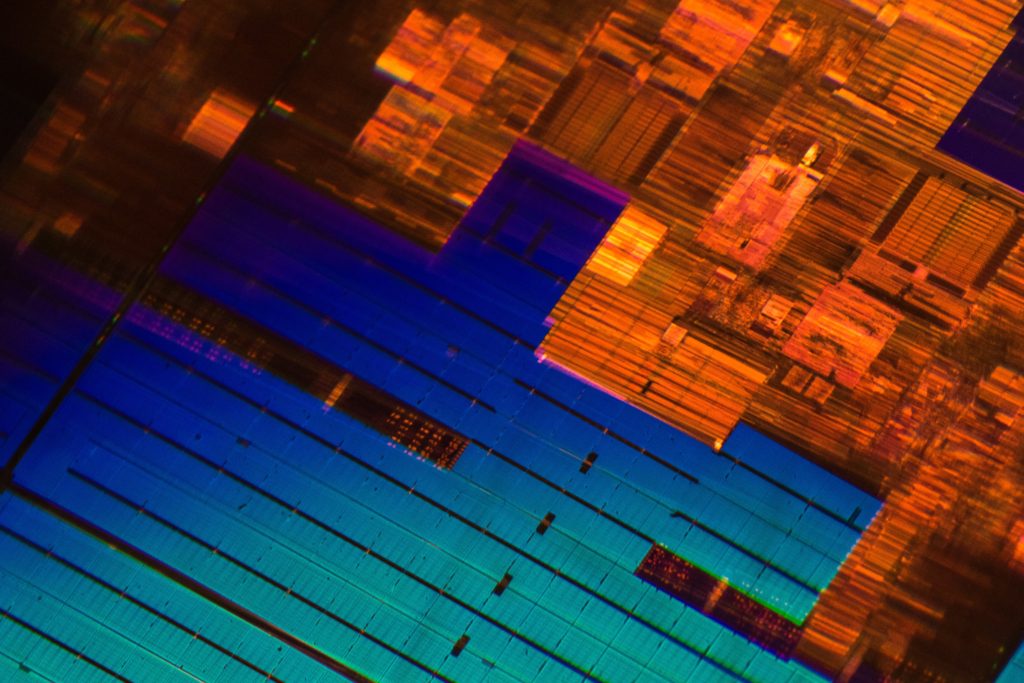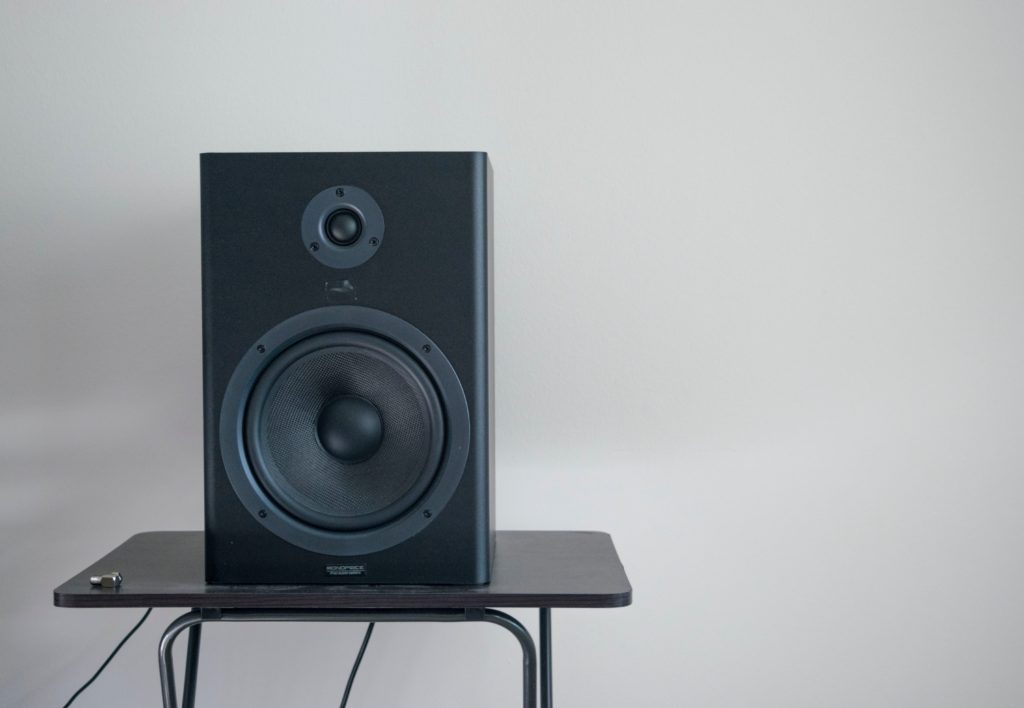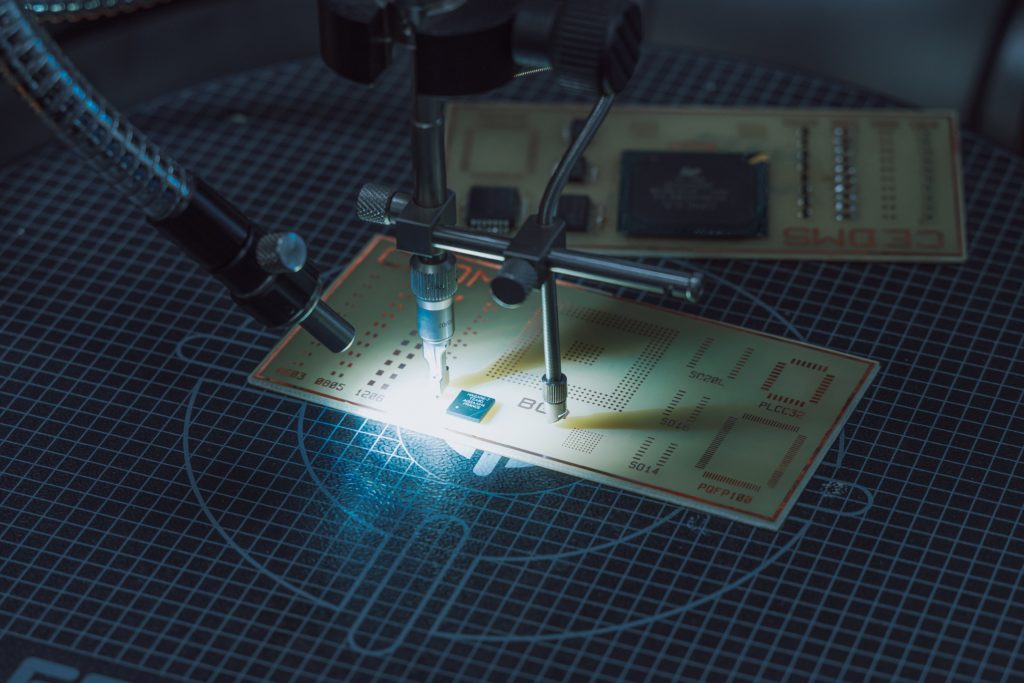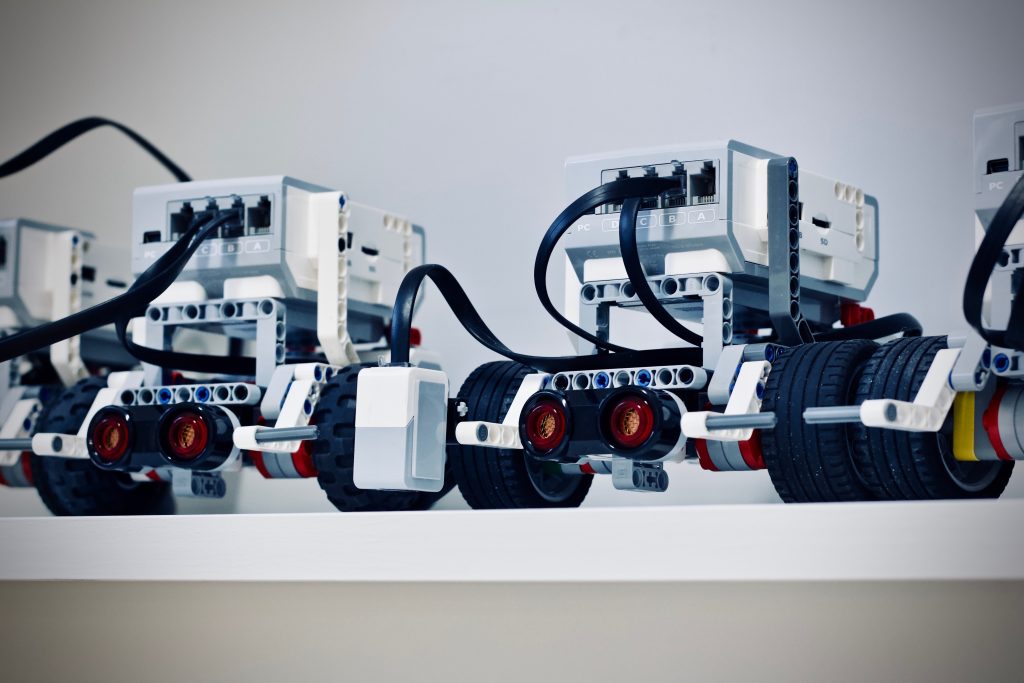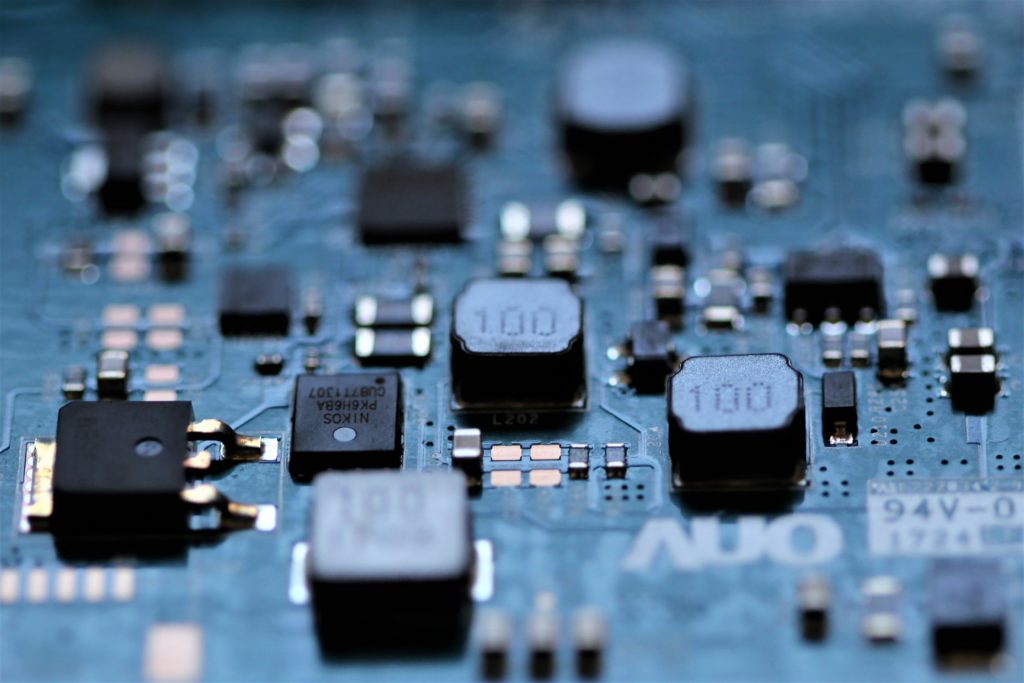Photo by Maxence Pira on Unsplash
The semiconductor ecosystem comprises distributed end-to-end semiconductor processes. These processes cover a different aspects of silicon development. It ranges from the market requirement, then moves to design, validation and if all goes as planned, then eventually mass manufacturing.
However, these steps are not guaranteed to be performed by a specific location or region. It is where the semiconductor ecosystem comes into the picture.
Global: Semiconductor Industry Is Adopting To The Changing Global Scenarios.
Shift: Different Types Of Government Policies Are Shifting The Semiconductor Industry Process.
In semiconductors, product development is dependent on different parts of the world. Given the recent shift in investment, planning, policies, and talent, this ecosystem is going through a tectonic shift that will have positive and negative consequences on future semiconductor technologies.
On the positive side, such a shift is bringing better equilibrium in terms of investment, and also technological development is getting more distributed.

On the negative side, it has created technology-driven conflicts between different regions. Eventually, a middle way will have to be carved, where both the new and existing will grow and contribute to the semiconductor industry.
Based on past, current, and future scenarios, the semiconductor industry will always be global. As such, any shift should not let a specific region dominate the end-to-end semiconductor processes.
Conflict: Conflicts Between Different Regions Is Creating A Tectonic Shift In Semiconductor Business.
Ecosystem: All The Geo Changes Are Leading To A New Type Of Semiconductor Ecosystem.
A connected, dependent, global and decentralized approach is the primary reason the semiconductor industry will keep growing at a double-digit. Changing such an ecosystem is not an easy process. It is also about time different countries work together to enable next-gen solutions for ever demanding and ever-growing semiconductor market.
The next few years will bring a lot of conflicts for the semiconductor industry and will challenge the traditional notion of how distributed and region dependent the semiconductor ecosystem is. Eventually, the semiconductor industry will have to balance by focusing on the next-gen advancement, which will have to be driven by the distributed semiconductor ecosystem, and no one region should dominate.




